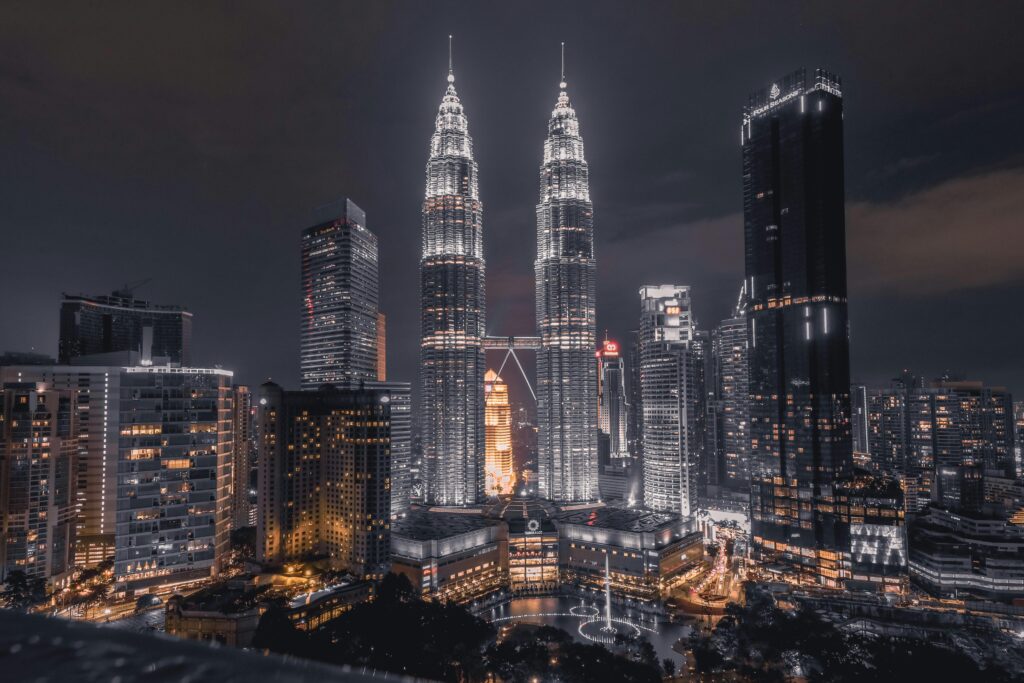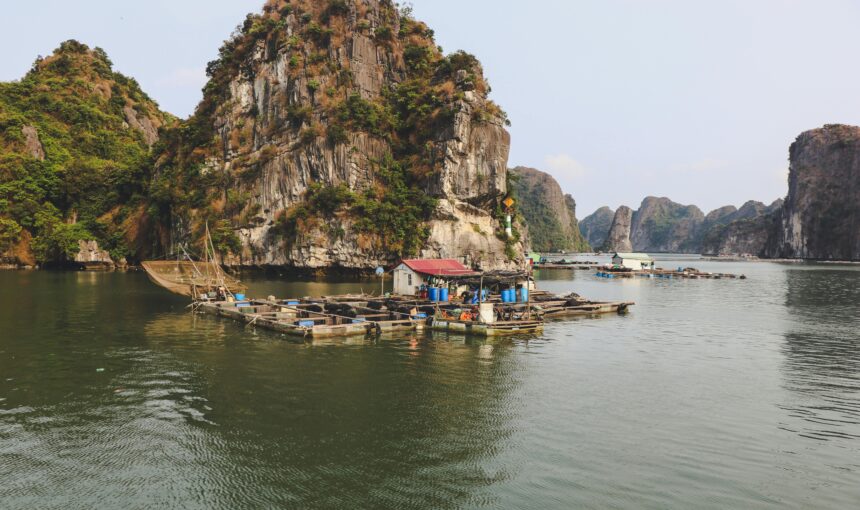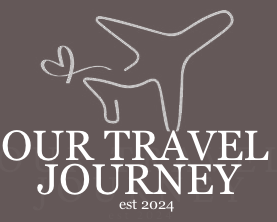Southeast Asia Travel Guide: Essential Tips, Costs & Cultural Insights for 2025

After spending months backpacking through Southeast Asia, we experienced with full hearts, countless photos, and a perspective on travel that no guidebook could have prepared us for. Therefore, we want to give write a quick post about a Southeast Asia travel guide. From the bustling streets of Bangkok to the serene rice fields of Bali, each destination taught us something unique about the world and ourselves. This comprehensive guide shares everything we learned about traveling in Thailand, Vietnam, Cambodia, Laos, Indonesia, Malaysia, and the Philippines in 2025.
Cultural Immersion: Understanding Southeast Asian Traditions & Customs

Southeast Asian cultures value relationships and community in ways that challenged our Western individualism. The concept of “saving face” in Thailand meant learning to navigate disagreements differently—direct confrontation isn’t appreciated, and a smile can mask many emotions. In Vietnam, we learned that asking personal questions about age and family is a sign of genuine interest rather than intrusion.
Family structures throughout the region revealed different priorities. Multi-generational households are common, with grandparents playing active roles in raising children while parents work. We witnessed tremendous respect for elders—something that felt refreshingly different from home.
The region’s religious diversity offered daily lessons in coexistence. Buddhist temples in Thailand, mosques in Malaysia, Hindu ceremonies in Bali, and Catholic churches in the Philippines demonstrated how faith shapes daily life. Participating in local festivals taught us more about these cultures than any museum visit could have.
Southeast Asia Travel Budget: Detailed Cost Breakdown for Backpackers & Mid-Range Travelers

One of the most common questions we get is: “How much does it cost to travel in Southeast Asia?” Here’s our comprehensive breakdown based on six months of travel in 2025:
Accommodation Costs in Southeast Asia:
- Hostel dorms: $5-12 per night (cheapest in Vietnam and Cambodia)
- Private rooms in guesthouses: $15-30 per night
- Mid-range hotels: $30-60 per night
- Occasional splurge resorts: $100+ per night (particularly in Thailand and Bali)
Food Costs in Southeast Asia:
- Street food meals: $1-3 (best value in Thailand and Vietnam)
- Local restaurants: $3-8 per meal
- Western restaurants: $8-15 per meal
- Coffee shops: $1.50-4 per drink
Transportation Costs in Southeast Asia:
- Local buses/songthaews: $0.50-2 per ride
- Overnight buses between destinations: $10-25
- Domestic flights: $30-100 (AirAsia and VietJet offer the best deals)
- Motorbike rentals: $5-8 per day
- Ferry services to islands: $10-25
Activities & Sightseeing Costs:
- Temple visits: Free to $10 (Angkor Wat in Cambodia being the most expensive at $37)
- Guided tours: $15-50
- Cooking classes: $20-35
- Diving certification: $300-400 (cheapest in Koh Tao, Thailand)
- Massage and spa services: $6-30
Our monthly budget averaged about $1,200 per person, traveling moderately—mixing budget and mid-range options. This is significantly less than our cost of living back home, which made extended travel possible.
The real value, however, was in the experiences that cost nothing: conversations with locals, sunsets over rice fields, and finding ourselves far from the familiar.
Lessons We'll Carry Forever
The Art of Slow Travel
Perhaps our biggest revelation was learning to slow down. We initially planned to cover everything, rushing from one Instagram hotspot to another. After experiencing burnout in month two, we changed course—spending weeks rather than days in places that resonated with us.
In Hoi An, Vietnam, we rented bicycles and explored the countryside at our own pace. In Luang Prabang, Laos, we fell into the rhythm of monks collecting alms at dawn. These unplanned experiences became the highlight of our journey.
Digital Nomad Realities
Working remotely while traveling sounds ideal, but we faced challenges: unreliable WiFi in rural areas, the distraction of paradise outside our window, and time zone differences that meant late-night calls. Yet we adapted, finding coworking spaces in cities like Chiang Mai and Bali, and building a routine that balanced work and exploration.
Environmental Consciousness
Tourism’s environmental impact became impossible to ignore. Plastic pollution on once-pristine beaches, over-development of islands, and wildlife exploitation for tourist entertainment forced us to examine our own travel choices.
We began traveling with water filters, refusing single-use plastics, and researching tours that practiced ethical wildlife tourism. Small steps, but necessary ones if these destinations are to remain beautiful for future travelers.
Practical Tips We Wish We'd Known
- E-SIM cards are cheap and essential—get them before your trip.
- Cash is king in most places—ATM fees add up quickly, so withdraw larger amounts less frequently.
- Google Translate with downloaded languages saved us countless times, especially in rural areas.
- Food safety: Street food with high turnover is often safer than empty tourist restaurants with refrigeration issues.
- Transport apps like Grab transform the experience of getting around cities and eliminate haggling.
- Laundry service costs $1-2 per kilo—pack less and wash more.
Final Thoughts
Southeast Asia taught us that true travel isn’t about checking off destinations but about the connections we make along the way. We learned to embrace discomfort, from squat toilets to language barriers, recognizing that growth happens outside our comfort zones.
The warmth of the people we encountered—from the Indonesian family that invited us to their daughter’s wedding to the Cambodian tuk-tuk driver who showed us his rebuilding country with pride—left the deepest impression.
As we unpack both our backpacks and experiences, we’re already dreaming of returning. Southeast Asia may have stamped our passports, but more importantly, it left an indelible mark on our hearts.






